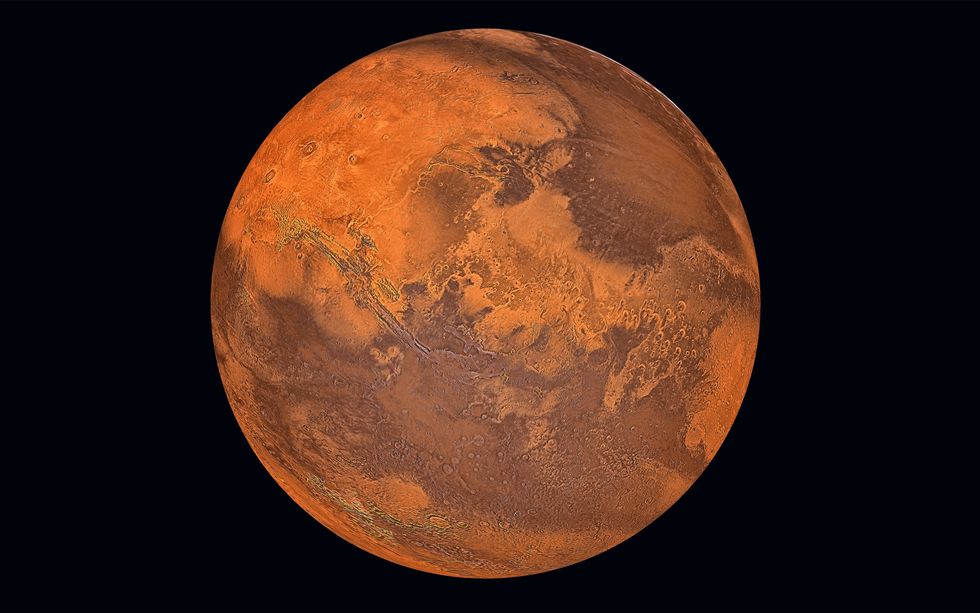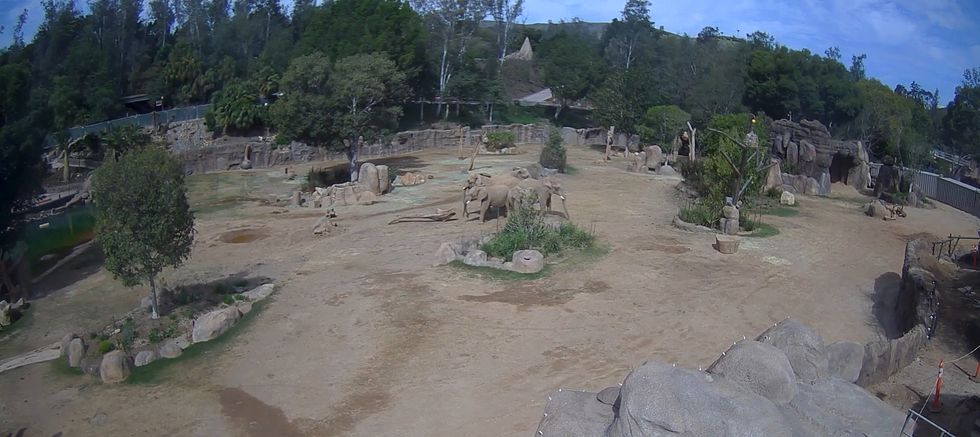Jake Brigstock
Feb 25, 2025
Mars May Once Been Host to Beautiful Sandy Beaches Next to Vast …
ZMG - Amaze Lab / VideoElephant
Mars is a marvel that can be visible to the naked eye to us humans on Earth but there has still long been an ancient mystery surrounding it.
Why is Mars red?
But now a new study may have finally solved it once and for all.
The water-rich iron mineral ferrihydrite could be why Mars features reddish dust, according to a new study published in the journal Nature Communications led by researchers from Brown University and the University of Bern.
This is in contrast to the theory that a dry, rust-like mineral called hematite is why the planet is red.
In a statement, Adomas Valantinas, a postdoctoral fellow at Brown University who started work on the study as a PhD student at the University of Bern, said: "From our analysis, we believe ferrihydrite is everywhere in the dust and also probably in the rock formations as well.
"We're not the first to consider ferrihydrite as the reason for why Mars is red but it has never been proven the way we proved it now using observational data and novel laboratory methods to essentially make a Martian dust in the lab."

This finding also offers a clue about life on Mars because ferrihydrite forms in the presence of cool water, which is essential for life, and suggests Mars may have had an environment capable of sustaining water before it eventually became a dry planet.
"The study is a door-opening opportunity," said Jack Mustard, a senior author on the study.
"It gives us a better chance to apply principles of mineral formation and conditions to tap back in time. What's even more important though is the return of the samples from Mars that are being collected right now by the Perseverance rover.
"When we get those back, we can actually check and see if this is right."
NASA's Mars rover recently found a "texture unlike anything we've seen before" and new images captured by NASA showed the planet's clouds are iridescent.
How to join the indy100's free WhatsApp channel
Sign up to our free indy100 weekly newsletter
Have your say in our news democracy. Click the upvote icon at the top of the page to help raise this article through the indy100 rankings.
Top 100
The Conversation (0)














